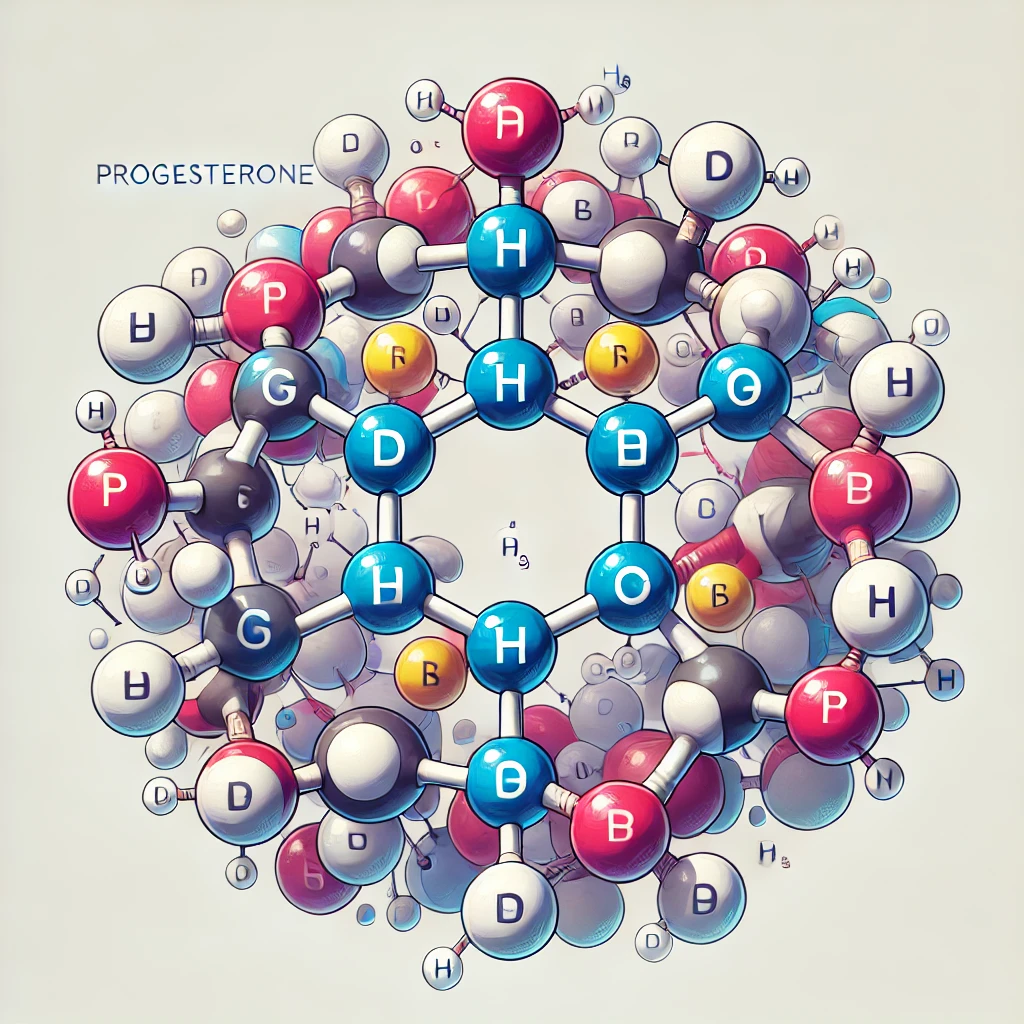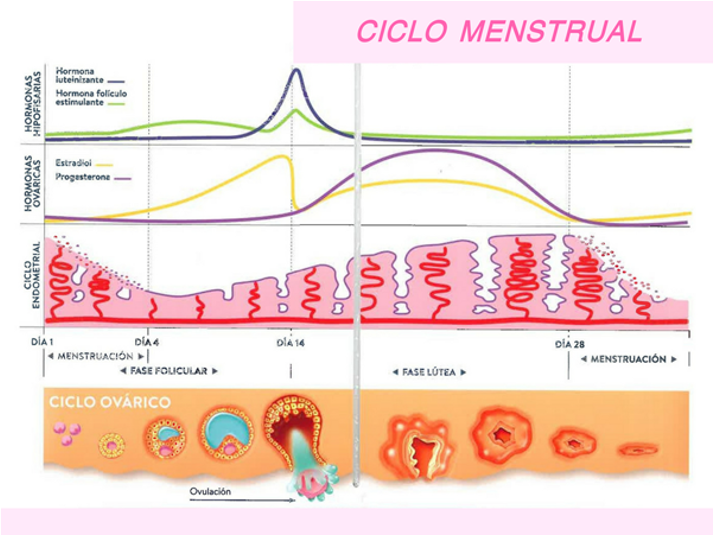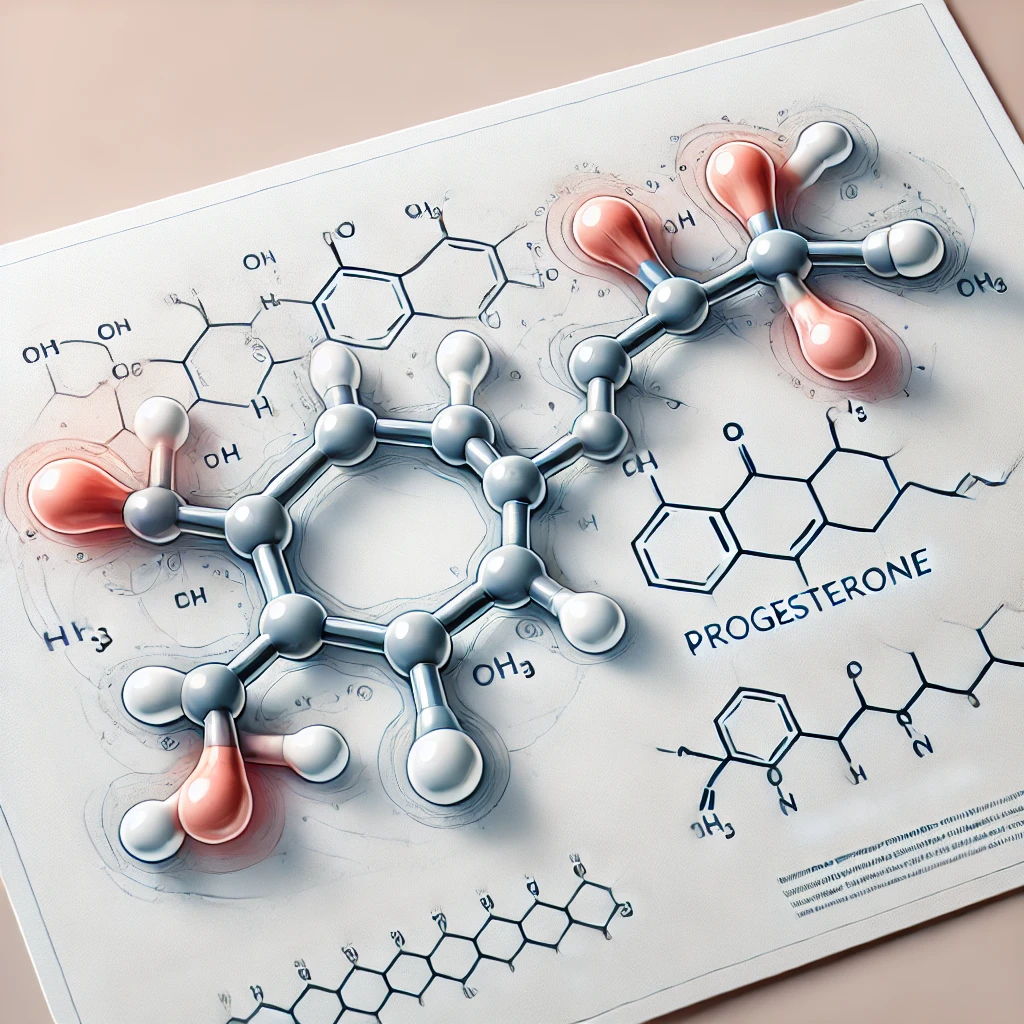Women with high progesterone levels during the luteal phase have up to a 30% lower risk of developing breast cancer compared to those with low levels.
Additionally,progesterone has calming and anxiolytic effects, mediated by its ability to modulate GABA receptors in the brain, which explains its role in improving sleep quality and reducing stress. It is also linked to more intense and satisfying orgasms.
Dr. Alfonso Galán – Neolife Medical Team
Women with balanced progesterone levels report greater relaxation and a better quality of life.
Progesterone is a vital steroid hormone that plays a crucial role in female physiology, particularly in the menstrual cycle, pregnancy, and reproductive health. However, its function is not limited to these aspects, as it also acts as a protective hormone in various organs and systems, contributing to disease prevention and overall well-being. Despite its importance in women, progesterone is not commonly used in men due to its effects on sexual function and male hormonal balance. Let’s delve deeper into all of this.

Physiological Functions of Progesterone in Women
Progesterone is mainly produced by the corpus luteum in the ovaries after ovulation and, in smaller amounts, by the adrenal glands and, during pregnancy, by the placenta. Its blood concentration varies throughout the menstrual cycle, peaking during the luteal phase. The luteal phase is the second half of the menstrual cycle, beginning after ovulation and ending with the onset of menstruation. During this phase, the ovarian follicle transforms into the corpus luteum, which produces progesterone. This hormone is essential for thickening and maintaining the endometrium (the innermost layer of the uterus), preparing it for the potential implantation of a fertilized egg. If pregnancy does not occur, the corpus luteum degenerates, causing progesterone levels to drop and leading to menstruation.
Below is a graph illustrating progesterone, estrogen, and other hormone levels throughout the menstrual cycle, along with changes in the endometrium and corpus luteum:

Among its physiological functions, the following stand out:
- Regulation of the menstrual cycle: Progesterone prepares the endometrium for the implantation of a fertilized egg. If implantation does not occur, its levels drop, triggering menstruation.
- Support of pregnancy: During gestation, progesterone maintains the endometrium and prevents premature uterine contractions.
- Mammary gland development: Progesterone contributes to the development of mammary ducts and preparation for lactation.
- Metabolic effects: Progesterone regulates glucose levels and plays a role in thermogenesis.
Progesterone and Endometrial and Breast Protection
One of the most relevant aspects of progesterone is its protective role in the endometrium and breasts. Adequate progesterone levels have been shown to reduce the risk of endometrial hyperplasia and endometrial cancer by counteracting the proliferative effect of estrogen.
In breast tissue, progesterone regulates cell proliferation, preventing excessive growth that could predispose individuals to breast cancer. Observational and clinical studies have shown that women with healthy progesterone levels have a lower incidence of breast cancer and reduced all-cause mortality.
A meta-analysis published in the Journal of Clinical Endocrinology & Metabolism indicated that women with high progesterone levels during the luteal phase have up to a 30% lower risk of developing breast cancer compared to those with low levels. Additionally, hormone therapies combined with natural progesterone have not shown the adverse event incidence observed in therapies using synthetic progestins.
Hormone Replacement Therapy and Progesterone
Hormone Replacement Therapy (HRT) is commonly used in postmenopausal women to relieve symptoms such as hot flashes, insomnia, and vaginal dryness. However, its effects go far beyond symptom relief. HRT has significant protective effects on bones, arteries, the heart, and the brain, reducing the risk of osteoporosis, cardiovascular diseases, and cognitive decline. The addition of progesterone to estrogen therapy is crucial for preventing endometrial hyperplasia. These protective effects make HRT an integral tool for well-being and disease prevention in postmenopausal women.
Numerous clinical studies have demonstrated that bioidentical progesterone—which is identical to the progesterone naturally produced by a woman’s body—is better tolerated and has a superior safety profile compared to synthetic progestins. Additionally, progesterone in HRT improves sleep quality, reduces anxiety, and contributes to an overall greater sense of well-being.
Calming Effects and Improved Sexual Health
Progesterone has calming and anxiolytic effects, mediated by its ability to modulate GABA receptors in the brain, explaining its role in improving sleep quality and reducing stress. Women with balanced progesterone levels report greater relaxation and a better quality of life.
In the sexual realm, progesterone plays an important role. It has been observed to contribute to better vaginal lubrication and increased sensitivity, which can enhance pleasure during sexual intercourse. Additionally, progesterone is linked to more intense and satisfying orgasms, thereby improving overall sexual health.
Progesterone in Men: Why Is It Not Used?
Despite its benefits in women, progesterone is not commonly used in men. This is because high progesterone levels can antagonize testosterone action, reducing libido and affecting erectile function.
There is some evidence that progesterone in men may have certain benefits in small amounts, such as reducing inflammation and supporting prostate health. However, excessive progesterone can lead to feminization symptoms, decreased sexual desire, and erectile dysfunction. Other studies have shown that progesterone administration in men can interfere with sperm production and reduce sexual responsiveness. This delicate balance is why progesterone is generally not used in men.
Conclusion
Progesterone is an essential hormone for women’s health, with functions that extend beyond reproduction. Its protective role in the endometrium and breast tissue makes it a key tool in cancer prevention and overall disease prevention. Additionally, its use in Hormone Replacement Therapy has been shown to improve quality of life, sexual health, and emotional well-being.
In men, however, its use is very limited and exceptional due to its adverse effects on sexual and hormonal function. Continued research in this field may provide new insights into the benefits and applications of progesterone in both sexes, but for now, its primary role remains in female health.

